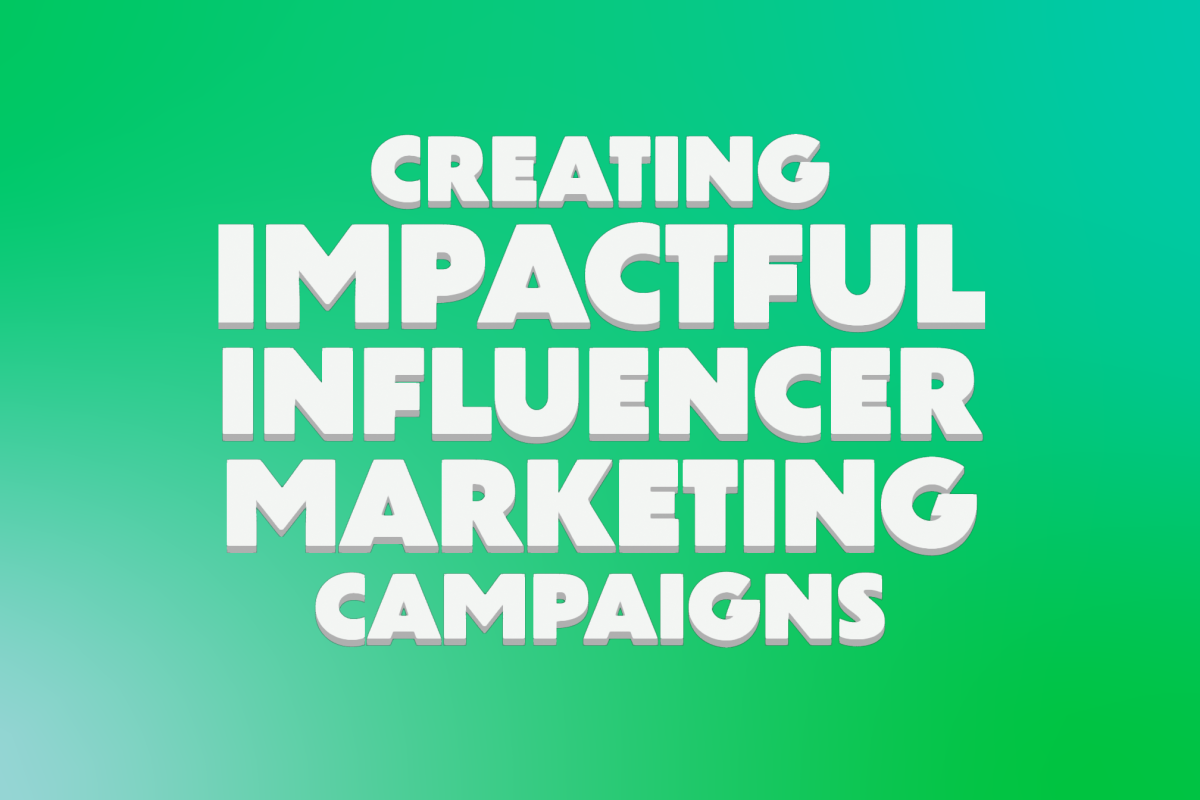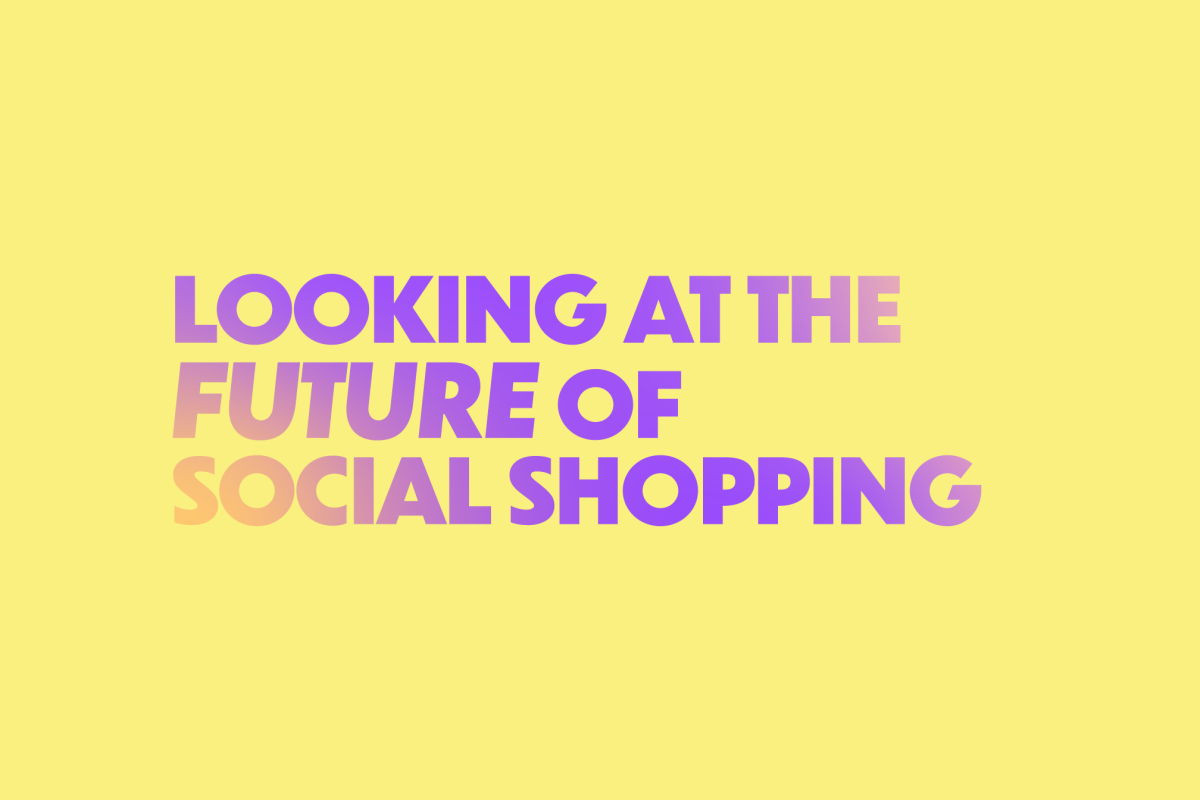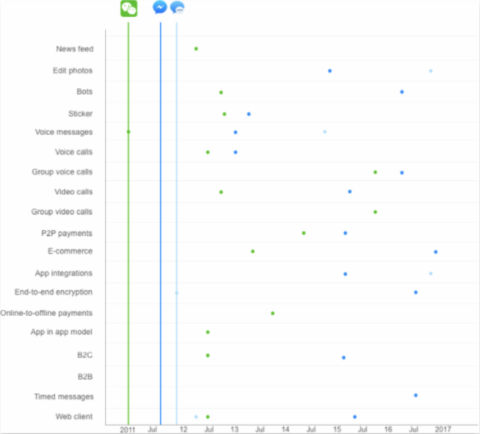It’s no secret that it is becoming increasingly difficult to make a splash online. With the ever-changing trends and algorithms, even the best content can often fall flat. When it’s harder than ever to stand out on socials, how can you get your business in front of new eyes and potential customers? If your goal is increased brand awareness, online profile growth, and sales, then influencer marketing might be the answer. Although it may seem daunting, the reality is that a strategic influencer marketing campaign can generate incredible results for your brand.
Recently at PFM, we completed an influencer marketing campaign for our client, PriceRunner. We collaborated with a host of Scottish influencers to create a campaign which demonstrated how easy and valuable price comparison really is. We challenged our influencers to create a moment with PriceRunner, showing that price comparison is not just about saving money, it’s about creating and enhancing life experiences.
As well as some killer content, the #KitOut campaign generated:
- 21% increase in IG followers for @pricerunner_com
- 52.9% increase in brand searches
- 293k reel views
- 68k average story reach per influencer
Sounds great, right? But where do you start? To make things a little easier, here are our top 3 tips for creating an impactful influencer marketing campaign.
1. Be Picky
Do your research and make sure you choose the right people to represent your brand. Followers are great, but engagement metrics are the real indicator of the quality of an influencer’s audience. You can find a host of free platforms and calculators online to help you evaluate these metrics. We love using Not Just Analytics and Social Blade.
As well as making sure they have great metrics, it’s also a good idea to have a look at some of their previous brand work. Is their content high quality and do they show lots of enthusiasm? How have their followers engaged with previous campaigns?
2. Have a Strong Concept
When you find your people, make sure you give them an exciting concept to work with. Influencers are content creation experts and they know their audience better than anyone. They will be thrilled to receive a brief that allows them to get creative and put their own spin on the campaign. The best campaigns tell a story: try to think of a campaign that not only brings your products/service to life, but also speaks directly to the influencer’s audience.
3. Don’t Stop There
Now that you have all of this amazing content, it’s time to get the most out of it. The initial campaign is just the first step. Afterwards, it’s crucial to think of other ways that you can repurpose the influencer’s content to maximise your investment. You could reshare the content on your organic platforms, include it in upcoming paid ad campaigns and use it to create long-form blog content for your website – the potential reach and impact is huge!
Need some expert help to make your next influencer campaign a success? Get in touch with me at [email protected], I would love to chat!




 *
*